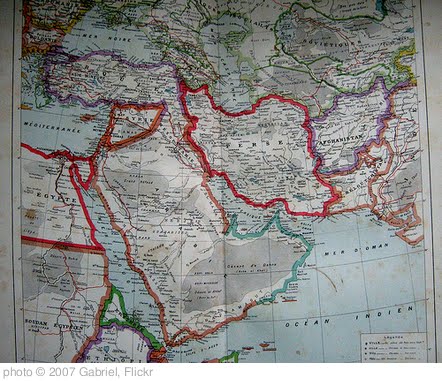In The Freedom Maze, Sophie found out that life back in the antebellum South wasn’t all Scarlett O’Hara and Southern plantation mansions. In Beswitched, Flora Fox finds out that a girls’ boarding school in 1935 isn’t exactly filled with modern conveniences either.
 Time travel is like that: the time traveler who goes back in time gets to find out how the other half lived. Flora finds out that the clothes and manners of the 1930’s were rather uncomfortable, but she and her roommates become great friends with only a few missteps and cultural misunderstandings. The story paints a lovely picture of life in a girls’ boarding school in 1935, just before the second World War, and I almost wanted to go back in time myself to visit, if I could be sure to get back to my time before the war started.
Time travel is like that: the time traveler who goes back in time gets to find out how the other half lived. Flora finds out that the clothes and manners of the 1930’s were rather uncomfortable, but she and her roommates become great friends with only a few missteps and cultural misunderstandings. The story paints a lovely picture of life in a girls’ boarding school in 1935, just before the second World War, and I almost wanted to go back in time myself to visit, if I could be sure to get back to my time before the war started.
I liked Beswitched, but a couple of things about the story made me uncomfortable. I didn’t much like all the spell-casting and witchy magic, even though the magic itself turned out to be benign. Maybe that was the problem: witchcraft, real witchcraft, isn’t a bit of good-natured fun. It’s a religion, and it’s evil. It’s the same problem that many Christians had (and still have) with the Harry Potter series, and I can get past it by telling myself that the magic in the Beswitched is just a mechanism to enable the time travel element of the story. (Harry Potter is an alternate world, and so the “rules” about magic and witches are different. Those books don’t raise my “dabbling in witchcraft” sensors at all.) Still, schoolgirls casting spells is kind of, well, disturbing.
The other part of the book that bothered me is that I didn’t really like the two main characters very much. Both Flora and her friend from the 1930’s, Pete, are, well, to put it bluntly, spoiled brats. The point of the book is supposed to be that the experience of magical time travel and each of them encountering a girl from another time period changes them both, but I never did warm up to either of the two girls. I guess I have twin prejudices against spoiled children and spell-casting witches.




